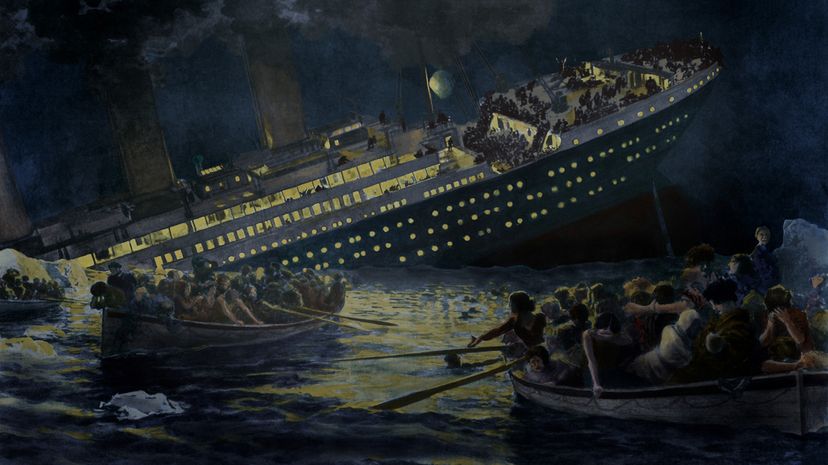Social class played a significant role in determining survival rates aboard the Titanic: While some individuals from all classes managed to survive, the overwhelming majority of casualties were from the lower classes, highlighting the inequalities that existed in the ship's class structure and evacuation procedures.
First-class Passengers
First-class passengers had greater access to lifeboats and received preferential treatment during the evacuation process. They were more likely to survive compared to passengers in the lower classes.
Many of them had accommodations in the upper decks, closer to the lifeboats, and the crew gave them priority boarding due to their social status. As a result, about 62 percent of first-class passengers survived.
Second-class Passengers
While passengers in the second-class accommodations had somewhat better survival rates compared to third-class passengers, they still faced challenges during the evacuation.
They were located further away from the lifeboats and received less assistance from the crew. However, some managed to secure spots on lifeboats, and about 43 percent of second-class passengers survived.
Third-class Passengers
Third-class passengers faced the most significant obstacles. They were located in the lower decks of the ship and had limited access to lifeboats. The crew did not give them clear instructions on how to evacuate and effectively left them to fend for themselves.
Language barriers and unfamiliarity with ship protocols were also issues. As a result, only about 26 percent of third-class passengers survived.
Crew Members
Many crew members worked tirelessly to lower lifeboats and ensure the safety of passengers, some sacrificing their own lives in the process — especially those stationed in the lower areas of the ship and those tasked with more hazardous duties. Only about 24 percent of the crew members survived.
